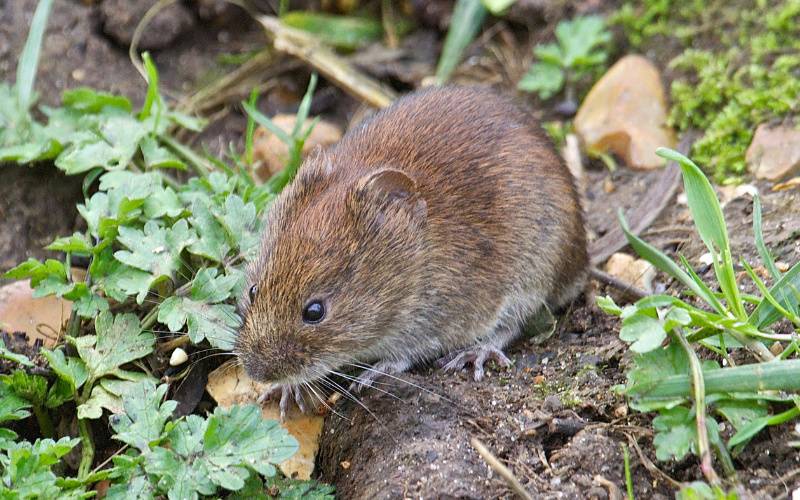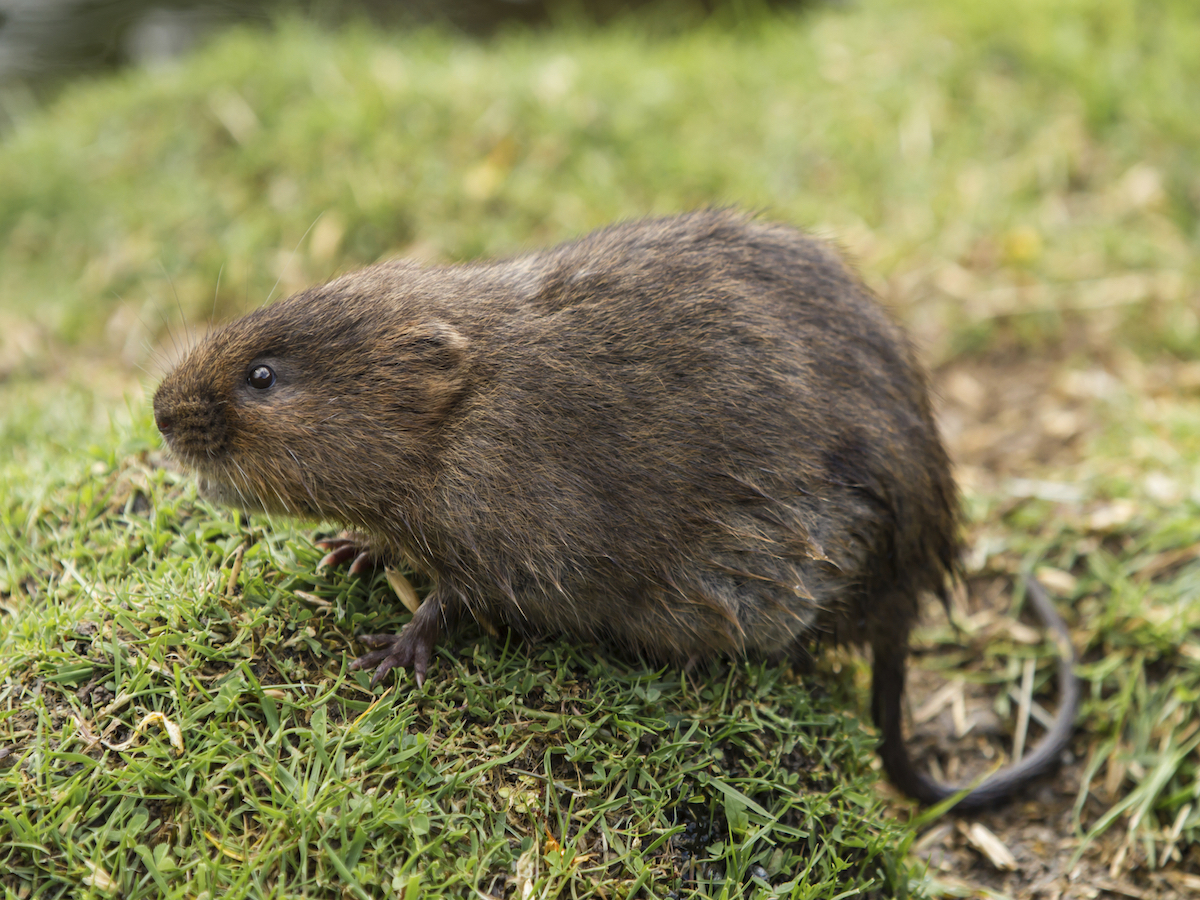Expert Strategies for Vole Control and Prevention
Expert Strategies for Vole Control and Prevention
Blog Article
Comprehensive Overview to Effective Vole Insect Control: Infestation Identification and Therapy Techniques
In the realm of effective insect control, vole infestations position an one-of-a-kind obstacle that demands a critical method. These little rodents, typically mistaken for computer mice, can ruin yards, lawns, and plants if left untreated. Determining the indications of vole existence and executing targeted treatment methods are essential elements of a successful pest monitoring plan. By checking out the subtleties of vole behavior, understanding key indicators of infestation, and examining a variety of control choices, one can create a thorough approach to fight these elusive parasites.
Recognizing Vole Behavior
Vole habits is identified by their burrowing habits and fast recreation rates, making them a difficult pest to regulate properly. Their fast reproductive price additional makes complex control initiatives, with women capable of generating multiple litters in a solitary year, each consisting of a number of spawn.
Voles are most active during the very early morning and evening hours, spending the majority of their time foraging for food. Their delving practices not just disrupt grass and gardens yet also make them challenging to find and eliminate. Comprehending vole habits is vital for reliable pest control strategies. By recognizing their burrow locations, keeping an eye on feeding locations, and executing targeted control techniques, such as capturing or habitat alteration, vole problems can be taken care of efficiently.
Indicators of Vole Infestation

Avoidance Methods
Carrying out effective prevention approaches is critical in reducing vole problems and securing plant life from their destructive feeding habits. To protect against vole infestations, it is crucial to begin by getting rid of possible food resources and shelter.
Regularly checking the residential or commercial property for signs of vole task, such as runways and burrow openings, is vital for very early detection and punctual activity. If vole task is suspected, think about utilizing repellents or catches tactically put near their pathways. Using all-natural killers like serpents or owls can likewise aid keep vole populations in check. By applying a combination of these prevention methods, gardeners and house owners can efficiently protect their greenery from vole damage.
Non-Lethal Control Techniques
To properly manage vole populations while focusing on humane methods, non-lethal control approaches use sensible solutions for reducing vole damage in gardens and landscapes. One reliable technique is making use of physical obstacles such as hardware towel or cable mesh to secure prone plants. These obstacles can be hidden at the very least 12 inches deep and bent at a 90-degree angle to stop voles from delving beneath. Additionally, habitat modification can deter voles by decreasing their liked food sources and concealing spots. Keeping a well-mowed yard, removing debris, and maintaining greenery cut can make the atmosphere much less appealing to voles.

Lethal Control Options
One reliable approach for dealing with vole problems in landscapes and gardens includes the calculated use deadly control choices. When confronted with a severe vole invasion that non-lethal techniques have stopped working to contain, applying lethal control measures becomes vital. One commonly utilized deadly control alternative is making use of snap catches. These catches are designed to promptly and humanely eliminate voles upon activation, making them a preferred option for many garden enthusiasts and landscaping companies. To enhance the effectiveness of breeze traps, it is suggested to place them in areas where vole task is find high, such as along paths or near burrow entryways. One more lethal control option is the utilization of poisonous baits particularly created to target voles. These baits include poisonous substance that is consumed by the voles, leading to their ultimate death. Nevertheless, caution has to be exercised when using poisonous lures to stop damage to non-target pets or animals. Generally, when using dangerous control options, it is necessary to do so properly and based on local policies to properly manage vole infestations.
Verdict
In final thought, effective vole parasite control requires an extensive understanding of vole behavior, identification of signs of invasion, application of prevention methods, and usage of both deadly and non-lethal control techniques. By incorporating these techniques, individuals can successfully handle vole populations and secure their home from damages. It is very important to deal with vole infestations quickly to avoid additional concerns and lessen the effect on the surrounding environment.
Given the elaborate tunnel systems and rapid reproduction rates characteristic of voles, identifying the indicators of vole problem becomes vital in effective parasite control. One of the primary signs of vole existence is the visibility of surface area runways or tracks in turf or snow, commonly about 1-2 inches wide, created as voles travel in between their burrows and food resources.To efficiently manage vole populaces while prioritizing gentle approaches, non-lethal control approaches offer functional services for minimizing vole damage in landscapes and yards.One efficient approach for resolving vole invasions in landscapes and gardens involves the calculated usage of dangerous control alternatives. vole control utah.In conclusion, reliable vole pest control requires a thorough understanding of vole habits, identification of indicators of problem, execution of avoidance approaches, and usage of official source both non-lethal and dangerous control methods
Report this page